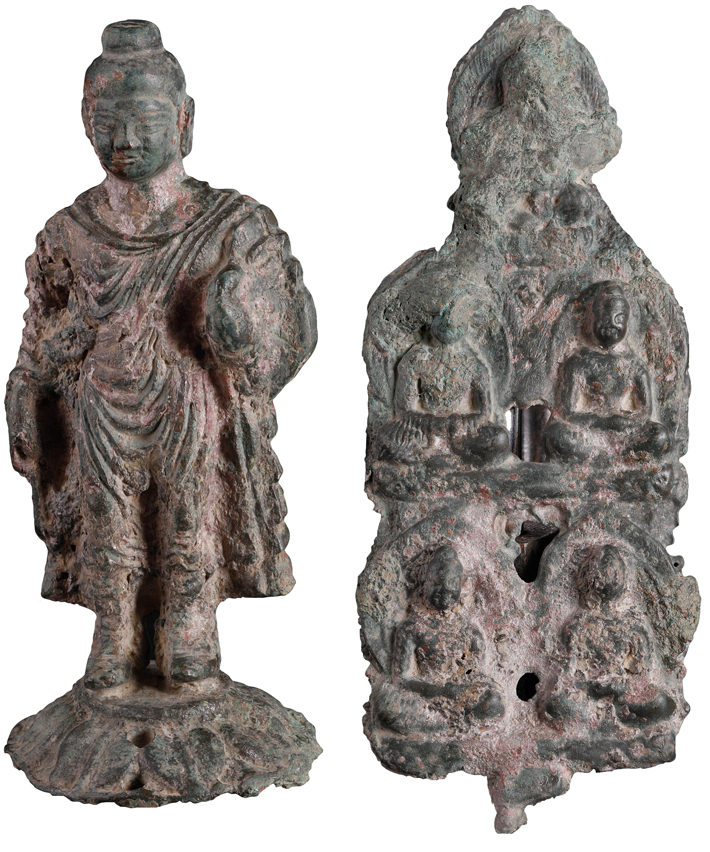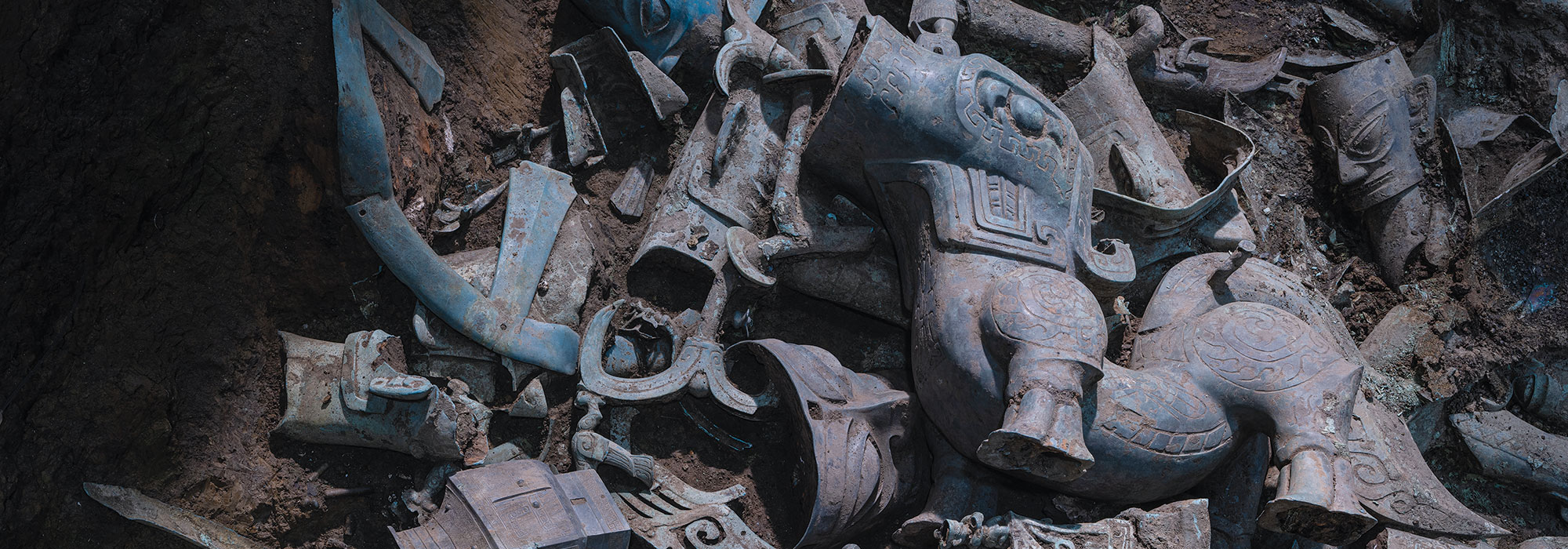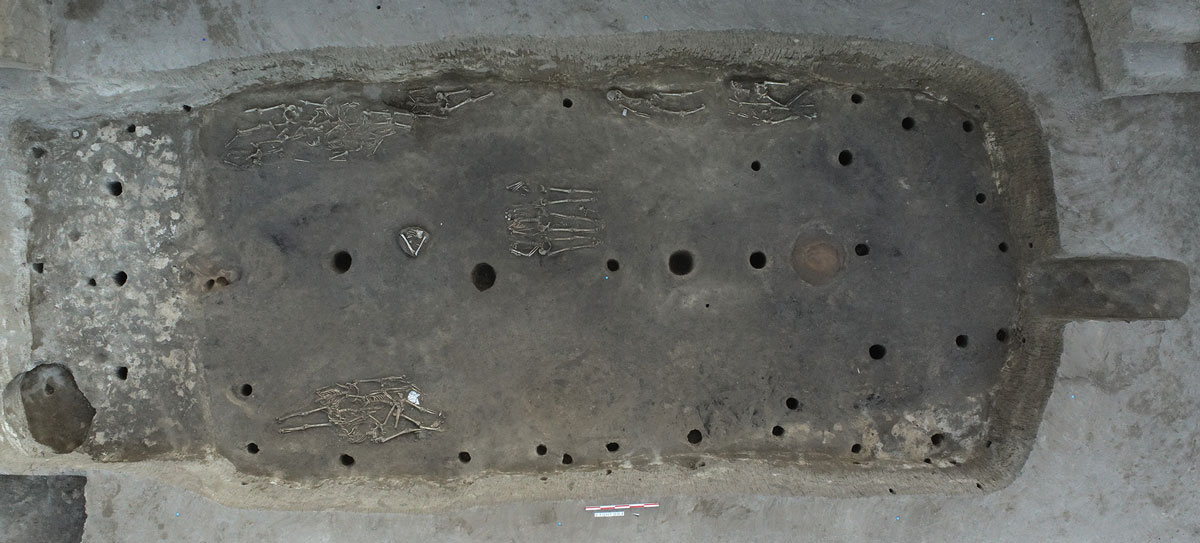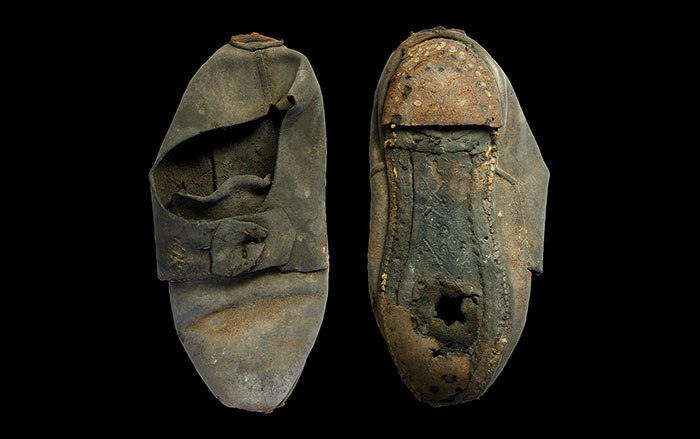
SHAANXI PROVINCE, CHINA—A sacrificial site that may have been used by the emperors of the Qin (221–206 B.C.) and Western Han (206 B.C.–A.D. 24) dynasties has been excavated in Fengxiang, some nine miles southeast of the ancient capital, according to a report in China Daily. The excavation team recovered more than 2,000 artifacts, including jade objects, tiles, bronze ornaments, chariots, and the remains of horses at the site, which has been known as Yongshan Blood Pool since antiquity because of the livestock that was thought to have been slaughtered and buried there. “The excavation focused on a rammed-earth platform and sacrificial pits, two site ruins with different characters, and it is the first time we have found such imperial sacrificial sites, which are identical with ancient records,” said researcher Tian Yaqi of the Shaanxi Provincial Institute of Archaeology. For more, go to “China’s Legendary Flood.”










